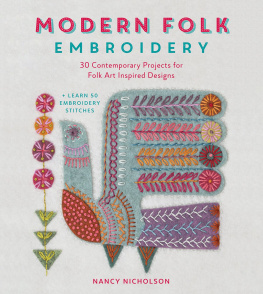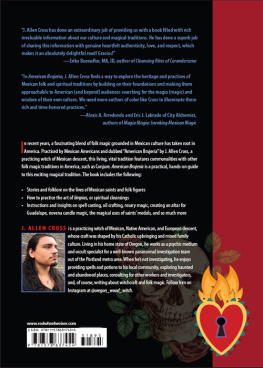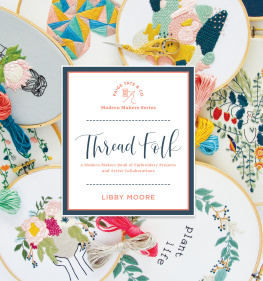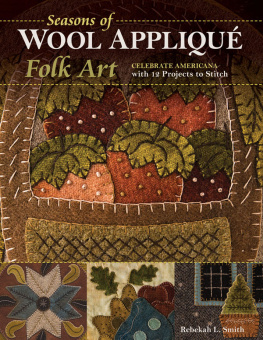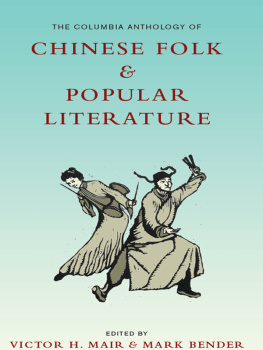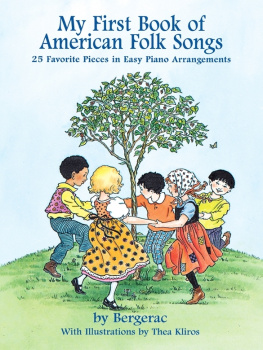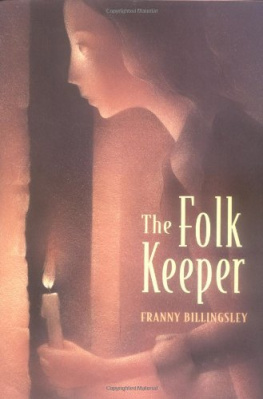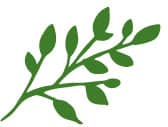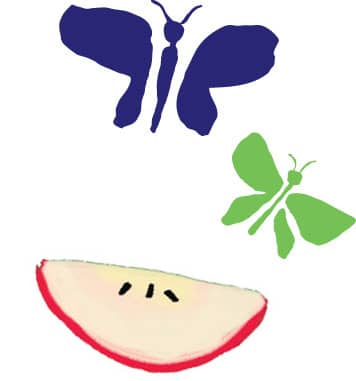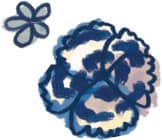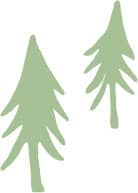LEARN TO DRAW AND PAINT
CHARMING AMERICAN FOLK ART
WITH A COLORFUL, MODERN TWIST
By Joy Laforme

Introduction
Traditional American folk art is one of my favorite sources of inspiration. This style of art presented a bright, optimistic, and joyous picture of the United States from the 1700s to the early 1900s. American folk artists were social historians, and their workwhether the medium was wood, stone, metal, fabric, or paintconveyed a celebration of the American spirit and everyday innovation. At the heart of American folk art is nostalgic expression, refined by life and artistic experiences.
This book will take you through the step-by-step process of creating 16 folk-art paintings inspired by famous folk artists, like Charles Wysocki and Grandma Moses, and the American landscape. The projects are organized by season, starting with spring. You should feel free to complete them in any order you wish, however.
What is American Folk Art?
American folk art, like its other folk art relatives, relies on experiences, nostalgia, and heritage rather than formal training. Originally, folk art was created by craftsmen and workers during the 1700s and 1800s, and it has evolved in contemporary times as art that truly celebrates culture and tradition around the world. American folk art was used to convey progress and joy during civil and political unrest in American culture. To look at old American folk artists work is to look through a telescope into another world.
Many American folk-art pieces remain unnamed because their creators were everyday people, not widely known, and often completely unrecognized for their artistic talent. American folk artists were skilled, working-class people who entertained their trade by day and their creative talent by night.
Tools & Materials
Here are some tools and materials that will be useful for the projects in this book.
PAPER
I recommend using a cold-pressed cotton paper, 140-lb. weight or more. Thick paper is better for these projects, because it will hold up to several layers of paint and wont warp. If your paper has some texture, thats even better. Texture will give your completed pieces a beautiful, natural feel. Choose any paper size you feel comfortable working with, such as 8/ x 11 or 11 x 14.
Although many American folk-art enthusiasts use paper, you can paint any of the projects in this book onto different surfaces, such as a wooden decorative bowl, a reclaimed decorative cutting board, or even a flat piece of furniture like a buffet or blanket chest. Many folk artists apply their artwork to everyday surfaces like these. If you do this, be sure to sand and treat the surface before painting.
PAINTS
American folk artists are known for using many different types of paint and mediums to achieve their desired textures. Acrylic paints, as well as gouache acrylic paints, will work well for these projects.
I recommend using a paint like acryla gouache, which is an acrylic polymer. It has rich pigment and produces bright colors. It also comes in lighter, more opaque colors, which helps when layering a light color over a dark surface. You can find acryla gouache at your local arts-and-crafts store.
Whatever paint you decide to use, just be sure that it is not too thin and that it can be used over layers of other colors and still produce a nice pigment.
PENCILS & ERASERS
You will need a few regular pencils for tracing and sketching. A simple #2 pencil will do. Your pencil sketches should be light to avoid showing through in your finished work.
You will also need a good eraser. Choose one that wont show eraser marks.

PASTEL PENCILS
For gradients, texture, and small details such as flowers, fauna, and people, I recommend using pastel pencils. Caran dAche makes excellently pigmented pastel pencils that create a nice texture on plain and painted paper. Pastel pencils contain more pigment than colored pencils and will show up better over your paint.

BRUSHES
For the projects in this book, use medium-quality synthetic brushes. Lower-quality brushes shed and will affect the finish and detail of your project. Shorter brush tip lengths will work better for these projects and are easier to handle for beginner-level artists.
Keep a variety of brush sizes on hand, including:
a large, flat-edged brush for painting large areas
a large, round-tip brush for sky and ground texture
a medium round brush for large leaves and painting medium-sized surfaces
a few sizes of smaller brushes, both flat and round tip, for detailing
Painting Techniques
Keep these tips in mind when creating your artwork and experimenting with the projects in the book.
CREATE DETAILED FINISHES
One of the things I love about American folk art is that you can add as little or as much detail as you want. There are contemporary American folk artists who are famous for minimalist styles as well as others known for intricate details of characters and activity. Use pastel pencils and your smallest brushes to add details. Well add some detail to our projects, but let your mind imagine your own details too.


